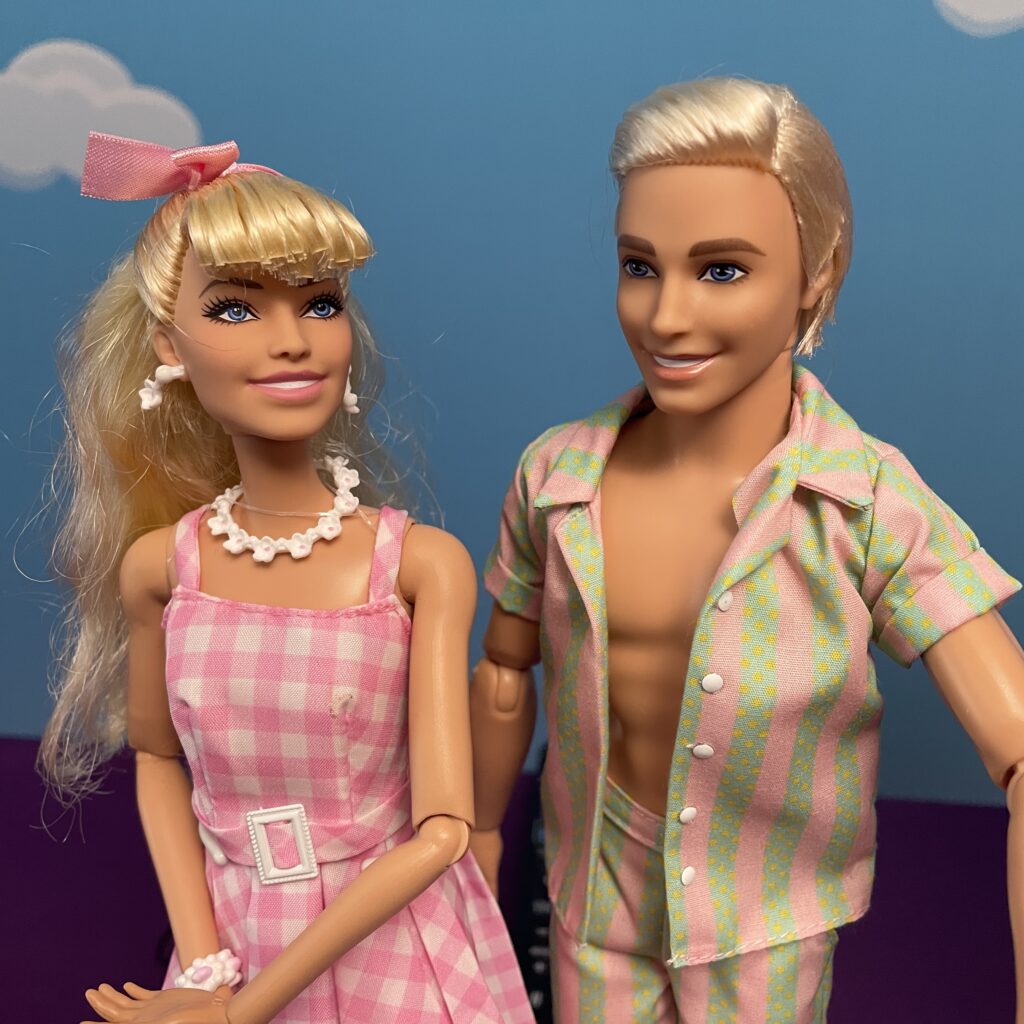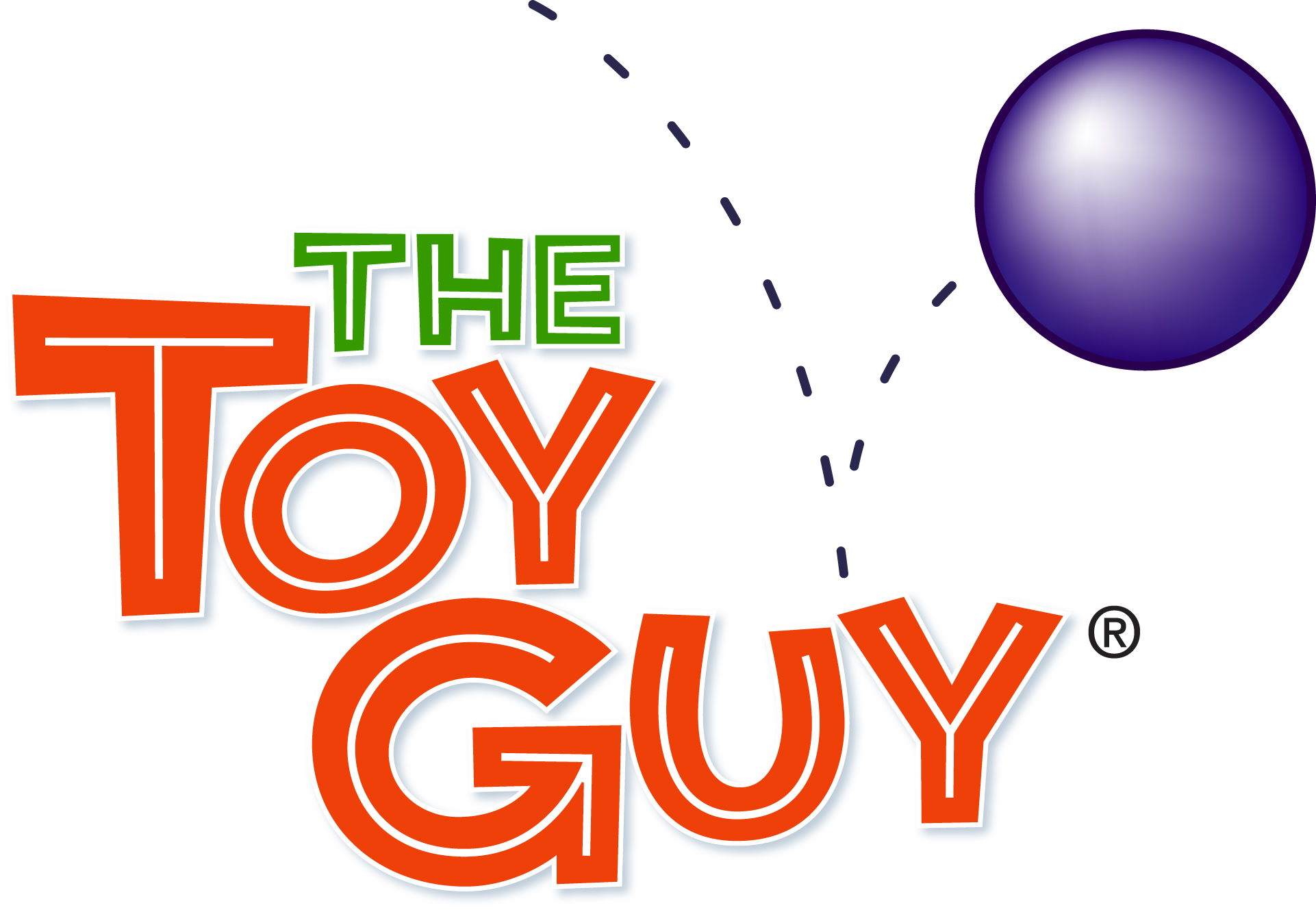The New Movie is an Instant Classic…With Classic Influences

Leaving the theater after seeing Barbie, the Movie, I was upset. This is a good thing. Great art, particularly when it deals with challenging themes, is supposed to be unsettling. It’s supposed to stay with you and stimulate reflection. Well, Greta Gerwig’s brilliant movie certainly does that, and on reflection, this is far more complex and sophisticated work than one might assume from its antic energy and patina of bubblegum colors, beach bro banter, and fashion for days.
In fact, if one really looks at it, Barbie, the Movie stands up against Ibsen’s 1879 play A Doll’s House, the lacerating social criticism of Bertolt Brecht, and even the subversive comedy of Charlie Chaplin. It is, in short, powerful political theater. Now, lest that sound deadly dull, rest assured, the movie is dazzling and eye-popping, with a spectacular cast and production values that are off the hook. Essentially, the movie lures you in and then drops the (pink and fluffy) hammer on you.
Before we go on, two things. First, this is not a movie for children. They might be entertained by some of it, but the existential themes will go right over their heads and thus might be boring. (There are scads of amazing Barbie movies that are just right for little ones.)
Second, kudos to Mattel for even bringing this to the screen…and for being so damn bold and just going there. On one very important level, it’s as if Barbie finally stood up to all the bullies. Barbie has been a lightning rod for all kinds of criticism for decades. (I previously wrote about that here.) Gerwig meets virtually all of those criticisms head-on and doesn’t shy away from them. In fact, by confronting them and standing up to them, as with any bully, the power of the detractors is diminished significantly. Barbie is also the perfect vehicle for this: everyone knows her, and everyone has an opinion and emotional relationship to her.

The story is fairly simple. Barbie (a sublime Margot Robbie) wakes up on another perfect day, and something is wrong. She’s troubled by thoughts of death, irrational fear… and cellulite—not her everyday experience. Of course, every Barbie is called Barbie, and it turns out that someone in the Real World is playing with Barbie and having these negative feelings. Barbie has to cross over and solve the problem if Barbieland is to return to normal. If you’re thinking of quests like Beowulf, Gilgamesh and The Odyssey right now (as I’m sure you are), you wouldn’t be wrong. Similarly, the Romantics of the 19th Century sought to expand consciousness of humans in the context of understanding oneself in the context of nature, or in this case a culture. This is a simplification, but the point is, one can’t escape the classical structure of this story and its inherent timelessness.

Anyway, Barbie is off on a quest, and Ken stows away in the Corvette and goes with her. They end up at Mattel and in Malibu, and have the shocking realization that the pop-infused perfection of Barbieland is a myth, and the existential crisis continues. Ken (a perfectly cast Ryan Gosling) is suddenly drawn into the patriarchal structure of the Real World, and Barbie learns that everything isn’t quite as perfect for women as it is in Barbieland. Ken, newly empowered, returns to Barbieland institutes a kind of bro culture with the Barbies being subservient, appropriates the Dreamhouse, and renames it the “Mojo Dojo Casa House,” all to make Barbieland more like the Real World.
Barbieland is nothing like the Real World. When Barbie goes looking for the person who has introduced existential dread into her play, she meets hard-bitten tween Sasha who informs Barbie that Barbie has made life pretty awful for girls, deepening the doll’s identity crisis.
And that’s just the tip of the plastic iceberg. Gerwig has crammed so much into just under two hours that the narrative structure is very Brechtian—short scenes that make a point and move on. There’s not a lot of character development, but it’s not really necessary, you’ll get the point. However, as generally happens in these questy things, home is never the same at the end of it.
There are also so many wonderful details, such as when Barbie bursts into the boardroom at Mattel where the CEO (Will Ferrel) is freaking out about Barbie being loose in the Real World and tries to get her back in the box. Plus, it’s a musical, and there are fun songs, but also one number featuring all the Kens in a huge, soundstage production number reminiscent of Singin’ in the Rain or An American in Paris. You’ll want to go back to see the movie again just to get all the references and find the Easter Eggs.
This is, obviously, Barbie’s movie, but one of the slyest bits of social criticism is in the treatment of Ken. Since he was launched in 1961, Ken has been pretty much a cipher. Part of that is because when girls play with Barbie, particularly 4-6-year-olds, they are acting out their own realities, and boys don’t figure in that too much, so Ken is kind of irrelevant. (When kids played with Barbie up until age 10 or 11, the idea of dating did begin to figure in a bit, so Ken had some reason to be.)
At the same time, in the context of the movie, Ken is somewhat sad because there are no kids in the Real World, imagining what he could be, as if the Real World boy culture doesn’t support the “I can be anything,” imagination-driven ethos for Ken that Barbie has. Whether or not that was intended, it’s interesting to consider in light of current movements to make “better” boys and give them that freedom, juxtaposed against the hateful “masculinity” promoted by right wing media and buffoons like Josh Hawley, Ben Shaprio, and the “anti-woke” movement. What Ken learns in the movie is that just being male might given him an advantage, but he does have to earn his place in society. There’s also a wonderful, almost throwaway line when Ken says, “When I learned that the patriarchy wasn’t about horses, I sort of lost interest.” Barbie, on the other hand, has historically had to work for everything. An entire company was built on the idea that girls really can do anything in a world that often tells them they can’t. It also reminded me of Ginger Rogers’ famous comment about how she was minimized as a woman compared to Fred Astaire, “I did everything he did. Except backwards and in heels.”
The final message of the movie is Mattel’s—and Gerwig’s—triumph. To my mind, it’s a complete validation of the importance of Barbie play (or any doll or action figure play) for all children. The Real World is a tough place. We face loss, disappointment, the rough-and-tumble process of being human. We’re not plastic in a perfect world, so we have to feel it all. But, if we have the power—and the permission—to dream, we can make an attempt−and we can let go of the past and the traumas that held us back.
We can never know the outcome, but as Thoreau said, “Go confidently in the direction of your dreams! Live the life you’ve imagined.” That’s the real lesson Barbie teaches us.
Now, don’t just take my word of it, check out the perspectives of some of my Toy Biz friends and colleagues as we engage in a conversation that is likely to last a very long time.
James Zahn−The Toy Book and Pop Insider

